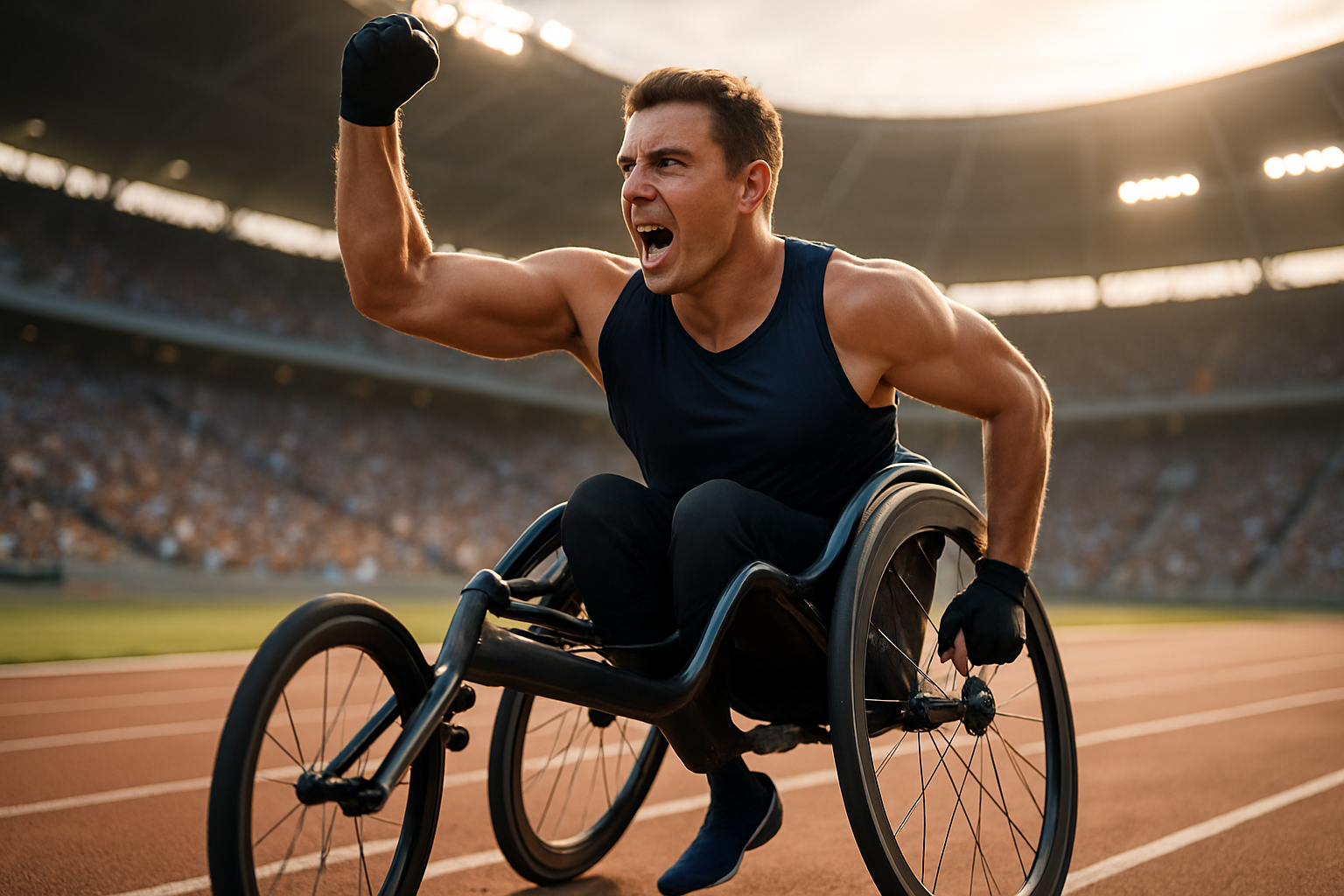Breaking Barriers: An In-depth Look at the Adaptation of Paralympic Sports
Paralympic sports have long been overshadowed by their able-bodied counterparts, but in recent years, they have gradually emerged from the shadows and started to gain the recognition they truly deserve. The journey to this point, however, has not been a smooth one. It has been a tough fight, marked by relentless efforts to break the barriers of prejudice, ignorance, and lack of facilities.

History and Evolution of Paralympic Sports
The inception of Paralympic sports can be traced back to the aftermath of World War II when Dr. Ludwig Guttmann, a neurologist at the Stoke Mandeville Hospital in England, started using sports as a rehabilitation tool for soldiers with spinal injuries. His innovative approach led to the formation of the Stoke Mandeville Games in 1948, a competition for wheelchair athletes that eventually evolved into the Paralympic Games we know today.
The first official Paralympic Games took place in Rome in 1960, with 400 athletes from 23 countries participating. The event was a far cry from the grandeur we witness today, but it was a significant step towards the recognition and acceptance of disabled athletes. Over the years, the Paralympic Games have grown in size and popularity, with the 2016 Rio Paralympics attracting 4,328 athletes from 159 nations and watched by millions of spectators worldwide.
Current Trends and Insights
The growth of Paralympic sports has been accompanied by significant advancements in adaptive technology. Prosthetics and wheelchairs have become more sophisticated, enabling athletes to compete at a higher level and pushing the boundaries of what is considered possible.
Another trend worth noting is the increasing emphasis on equality in Paralympic sports. The International Paralympic Committee (IPC) has been striving to provide equal opportunities for both male and female athletes, with the London 2012 Paralympics marking the first time that women made up nearly 40% of the participants.
The Benefits, Challenges, and Real-world Applications
Participating in Paralympic sports brings numerous benefits. Aside from the obvious physical benefits, it also aids psychological well-being, helping to boost self-esteem and provide a sense of purpose. Moreover, it fosters social inclusion, breaking down barriers and changing perceptions about disability.
However, challenges remain. Accessibility and funding are significant issues, with many disabled athletes struggling to get access to appropriate training facilities and financial support. Additionally, there’s the challenge of overcoming societal prejudices and misconceptions about disability.
Despite these challenges, the real-world applications of Paralympic sports are immense. They teach lessons of resilience, adaptability, and the power of the human spirit—lessons that are applicable not just in sports, but in all areas of life.
The Future of Paralympic Sports
The future of Paralympic sports looks promising. With increased media coverage, societal attitudes towards disability are slowly changing, and more and more disabled individuals are being encouraged to participate in sports.
Nevertheless, there is still a long way to go. We need to continue breaking barriers, fighting prejudices, and advocating for equal opportunities. Because at the end of the day, sport is not just about winning or losing—it’s about pushing boundaries, defying odds, and celebrating the indomitable spirit of humanity.
The journey of Paralympic sports is a testament to the power of sports to transform lives, challenge norms, and inspire change. It’s a story of resilience, courage, and determination—a story that deserves to be shared and celebrated.





